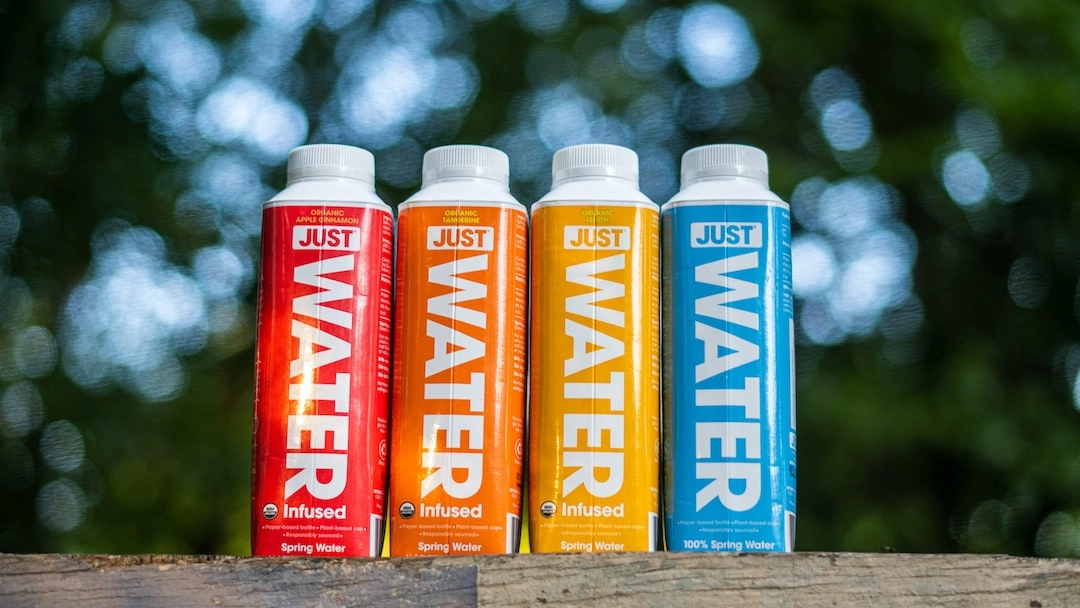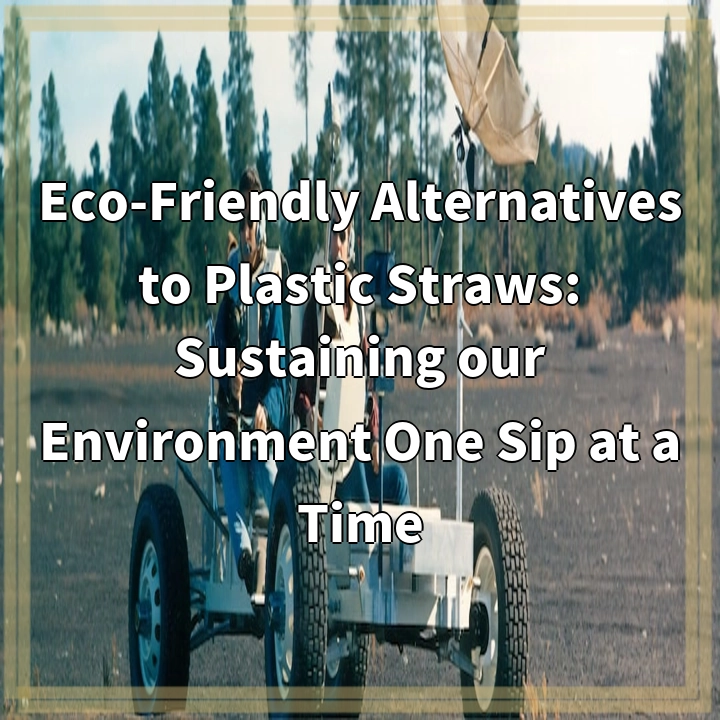
What is Sustainable Packaging?
Sustainable packaging refers to the design, production, and use of packaging materials and containers that have reduced environmental impacts throughout their lifecycle. It aims to minimize waste, conserve resources, and promote responsible consumption and production.
Real-World Problems Associated with Sustainable Packaging
Despite the efforts being made towards sustainable packaging, there are still some challenges and issues that need to be addressed:
1. Limited Awareness and Understanding
One of the key problems associated with sustainable packaging is the lack of awareness and understanding among consumers and businesses. Many people are not aware of why sustainable packaging is important or how they can contribute to reducing the environmental impact of packaging.
2. Cost Considerations
Implementing sustainable packaging solutions can come with higher upfront costs for businesses. This can be a deterrent for some companies, particularly small businesses or those operating on tight profit margins. Finding cost-effective sustainable packaging alternatives is crucial to encourage wider adoption.
3. Complex Supply Chains
The global packaging industry operates within a complex network of supply chains involving various stakeholders, including manufacturers, suppliers, retailers, and consumers. Implementing sustainable packaging solutions requires collaboration and coordination across these supply chains, which can be challenging to achieve.
4. Infrastructure and Recycling Facilities
Another significant challenge is the lack of adequate infrastructure and recycling facilities to effectively manage and process sustainable packaging materials. Access to recycling facilities may be limited in some areas, leading to increased waste and improper disposal of packaging, even if it is designed to be recyclable.
5. Balancing Functionality and Sustainability
Packaging serves important functions such as protecting products, providing information, and enhancing convenience. Balancing these functional requirements with sustainable considerations can be a complex task. It is essential to find solutions that meet both the functional needs of packaging and minimize their environmental impact.
Addressing these real-world problems associated with sustainable packaging requires collective efforts from manufacturers, policymakers, consumers, and other stakeholders. By raising awareness, driving innovation, and promoting sustainable practices, we can accelerate the transition towards eco-friendly packaging solutions.

Solutions for Sustainable Packaging
Addressing the real-world problems associated with sustainable packaging requires a multifaceted approach. Here are some potential solutions:
1. Increasing Awareness and Education
Raising awareness among consumers and businesses about the importance of sustainable packaging is crucial. Education campaigns, labeling systems, and clear communication about the benefits of eco-friendly packaging can help drive demand and promote responsible consumption.
2. Investing in Research and Development
Investing in research and development can lead to the discovery of new materials and technologies that are both sustainable and cost-effective. By fostering innovation, we can find alternative packaging materials, improve recycling capabilities, and optimize packaging designs for reduced environmental impact without compromising functionality.
3. Collaboration and Partnerships
Building strong collaborations and partnerships across the packaging supply chain is vital. By working together, manufacturers, suppliers, retailers, and consumers can share knowledge, resources, and best practices to drive sustainable packaging solutions. Collaboration can also help address infrastructure challenges, such as improving recycling facilities and establishing effective collection systems.
4. Government Support and Regulations
Government support through policies, regulations, incentives, and subsidies can encourage businesses to adopt sustainable packaging practices. Regulations can set standards for recyclability, promote the use of renewable materials, and discourage excessive packaging. Governments can also invest in recycling infrastructure and support research initiatives focused on sustainable packaging.
5. Consumer Demand and Behavior Change
Consumers play a significant role in driving sustainable packaging solutions. By choosing products packaged in eco-friendly materials and supporting brands committed to sustainability, consumers can create demand for environmentally responsible packaging options. Additionally, embracing practices like recycling and proper disposal of packaging can help reduce waste and support a circular economy.
By implementing these solutions, we can overcome the challenges associated with sustainable packaging and pave the way for a more environmentally friendly packaging industry.















